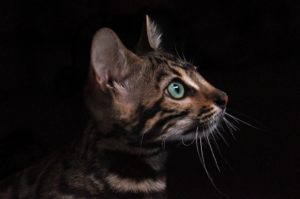Whether it is kidney disease in cats, humans, or dogs, let’s agree that whatever mammal, kidney disease does not bode well as a health condition.
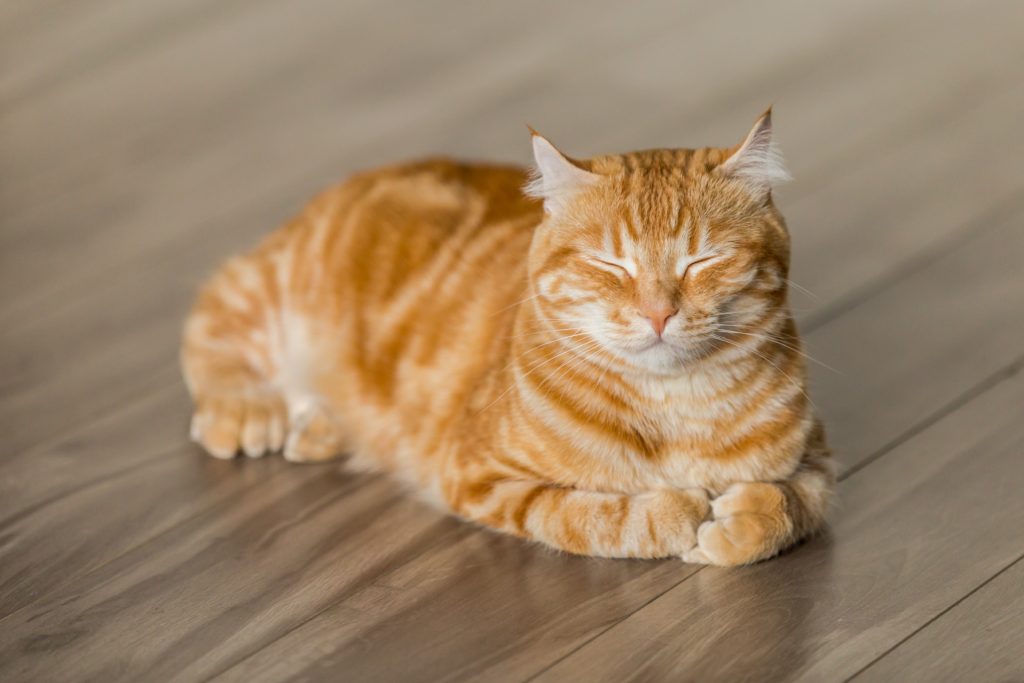
In felines, typically older cats experience chronic kidney failure or chronic kidney disease (CKD). However, kidney disease is not exclusive to only them. Kidney disease is caused by many problems, so, unfortunately, cats of any age can be diagnosed with it.
If your cat is diagnosed with kidney failure, make sure that your cat receives the right treatment, so the disease progresses slowly. Keep in mind that, unfortunately, there is a limited chance of recovery for a cat with a kidney-related ailment. Using the right treatment will allow your cat several more years of love and happiness ahead.
What Causes Kidney Disease in Cats?
Chronic kidney disease affects more than 1.2 percent of cats that are brought to a primary care practice. In some cases, cats develop chronic kidney failure due to an inherited disease such as polycystic kidney disease, partial to some breeds, such as Persians.
However, many medical issues can also lead to kidney disease in cats. These causes include:
- Protein loss through kidneys
- Damage to the kidneys after an infection
- Inflammation on individual components of the kidney
- Lymphoma, i.e., kidney tumors
- Abnormal kidney formation (at birth)
- Exposure to Infectious disease
- Toxin damage
Infectious diseases and toxin damage are the most common causes that lead to kidney issues.
Pyelonephritis, an infection that spreads to the kidneys through a urinary tract infection, is more common and leads to kidney disease if the UTI remains untreated.
Toxin damage also leads to fast kidney damage. For example, suppose your cat ingests certain products such as antifreeze, flowers of lilies, plants, vitamin supplements, or rodent poison. Because the body metabolizes these things into calcitriol, a form of Vitamin D that impacts the body’s abilities to reabsorb calcium, as well as renal absorption, it could end up causing real damage to your cat’s kidneys, causing increased pain and additional discomfort.
Learning about Acute Kidney Failure in Cats
Acute kidney failure doesn’t take long to occur. Typically, you’ll notice symptoms rise within weeks or even days. Acute kidney failure can happen at any age and may happen due to several reasons. However, most of the time, poisoning is the leading cause.
While traveling through the bloodstream, the poisonous substance damages the kidneys, which leads to acute kidney failure. Your cat may start showing signs of discomfort, dehydration, extreme thirst, lack of appetite, and bloody vomiting diarrhea. The most noticeable symptom, though, would be if your cat walks as though they’re in pain. They may have a stiff gait and may also have an arched back, indicating that their kidneys are causing them pain.
If your cat shows such symptoms, rush them to the emergency vet straight away. Time is of the essence with acute kidney failure. This condition may even be reversed if you catch onto the symptoms early on.
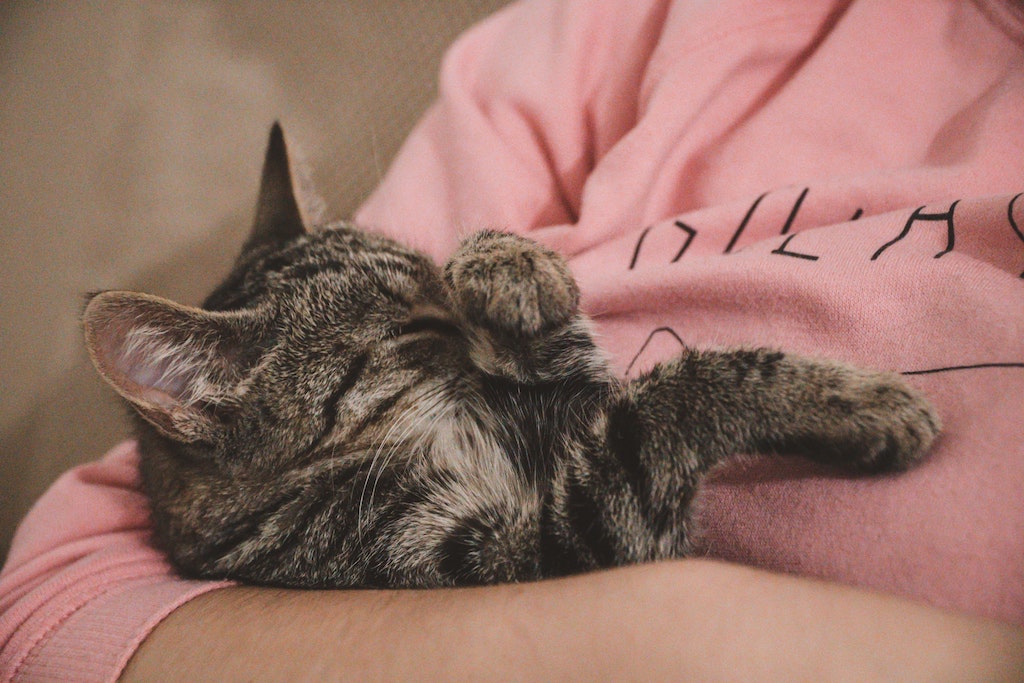
What are the Symptoms of Chronic Kidney Disease in Cats?
We all know that personality-wise, cats don’t show any signs of ill health, even when they’re sick. Their bodies, on the other hand, tell a different story.
While your cat may stay stoic, they will still experience specific symptoms they won’t be able to hide:
- Lethargy
- Poor appetite
- Bad breath
- Nausea
- Irregular urination
- Vomiting
- Diarrhea
- Constipation
- Indifference to things they usually liked
- Ulcers on the tongue and gums
- Weakness
- Emaciation
Your cat cannot (or will not) communicate if they are in pain and won’t show any signs that they’re suffering. As a responsible pet partner, it’s up to you to maintain your cat’s health. If you notice any changes in your cat’s eating, grooming, or toilet habits, if they start to scratch or bite more, or if they become clingier than usual, take them to the vet.
If your cat yowls or even scratches you when you try to hold it around the midriff, take this as a sign that they may be experiencing severe kidney pain.
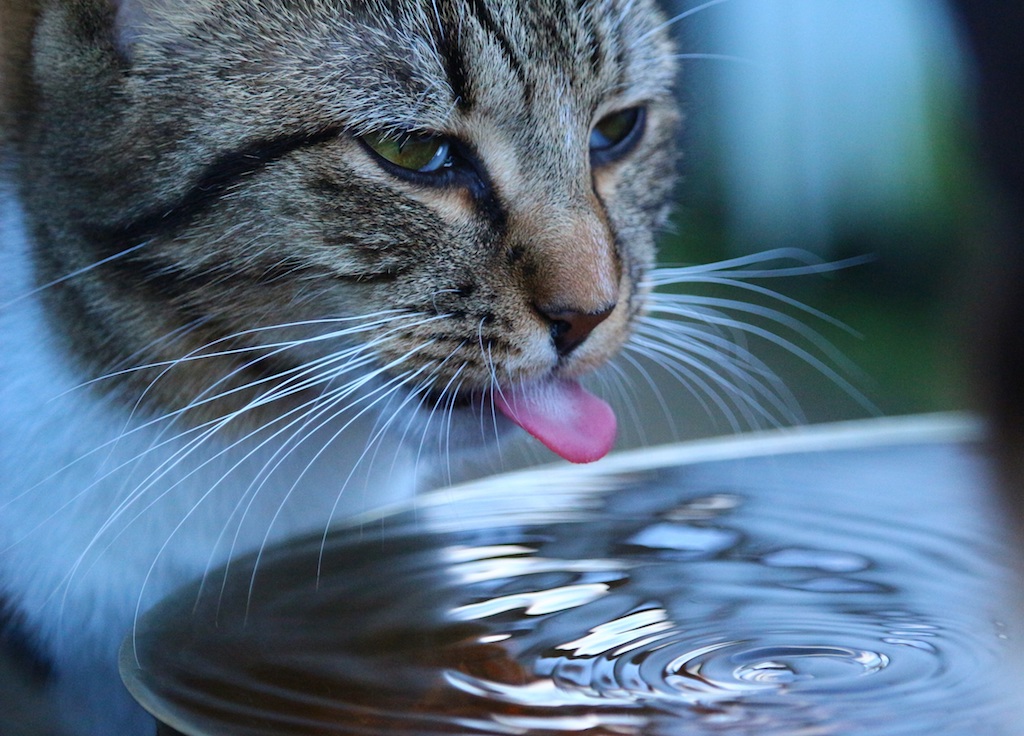
How Do You Diagnose Kidney Disease in Cats?
Your veterinarian will take a blood and urine sample to confirm their suspicion.
A common tactic is to look for increased levels of creatinine and urea in the blood. These are by-products made by the kidneys when it filters the blood. If your cat has CKD, there will be an increase in the concentration of these products. Nevertheless, since other conditions can also cause this increase, your vet will use the urine sample to check for high levels of creatinine and urea. They’ll also check if the urine is poorly concentrated.
These tests will help your vet estimate which stage the chronic kidney disease is at and provide crucial information on what complications your cat’s body has developed because of the illness.
They may find signs of hypokalemia, which is low blood potassium, anemia, and hypophosphatemia, which is high levels of phosphate in the blood. Your vet may also discover that your cat has high blood pressure or hypertension, which they will monitor as time goes.
Additionally, your veterinarian may also request ultrasounds, x-rays, or a biopsy if they need further evidence to understand the severity of the disease.
What Are The Treatment Options for Kidney Disease in Cats?
Depending on their condition, your cat will need to adjust to some dietary and medical changes.
Unfortunately, there is no concrete treatment for kidney disease in cats, although there is ongoing research to understand how we can prevent CKD.
Nevertheless, your veterinarian will provide medication to stop other associated conditions from causing harm to your cat’s health. Alongside, they’ll give a special diet that will help reduce signs of kidney failure and will slow down the disease’s progression.
This new diet will be low in essential fatty acids and phosphorous; it will also be high in protein. The only downside is that this food won’t be as tasty as your cat’s regular bowl of chow. So, initially, they will make faces and turn away from their bowl. You will need to gradually introduce their diet to their routine by increasing the new meal while decreasing their old food. Pretty soon, you’ll find them vying for a bowl of their favorite meal.
Your vet will also limit any treats, so regularly feeding your cat will take care of any cravings.
This entire process will take about 6–8 weeks to implement, but it will be worth it when your cat’s symptoms subside and they start playing as they always did.
How to Take Care of a Cat with Kidney Disease?
Increase Their Water Intake
A cat suffering from kidney disease will reduce their water intake, so you’ll need to ensure that they stay hydrated otherwise. Feed your cat wet food, switch their water for broth, or buy a water fountain. These small steps will maintain their fluid intake and will keep their system well-hydrated.
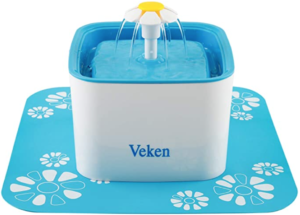
View on Amazon
Warm Their Food (Don’t Make It Hot!)
Cats are sensory creatures. They like to smell their food before they eat it. If you think they’re not as invested in their food as they should be, warm it up enough that it reaches body temperature. But don’t heat it all the way. Remember, a cat’s tongue is sensitive.
Heating their food will make it more enticing and will tempt them into eating the whole meal.
Educate Yourself on All Medication
Know what you’re feeding your cat.
While all medication your vet prescribes is essential, you’ll want to be aware of what’s going into their bodies if your cat has some reaction. The vet will likely prescribe phosphate binders, ACE inhibitors, angiotensin blockers, and potassium supplements to complement the problems caused by the CKD.
Learn everything about the side effects of each medication, and follow the prescription days.
How to Prevent Kidney Disease in Cats?
Water intake is the most crucial factor in decreasing your cat’s chances of getting kidney disease. Encourage them to drink water in any way they can. If they don’t like water, try different strategies such as changing their bowl, changing their bowl’s location, changing their water daily, or getting a water fountain may help.
Besides that, getting them their daily exercise could also make a big difference. Obesity causes many health issues, such as diabetes, which leads to kidney disease. Keep your cat active by using various toys or even playing hide and seek with them every day. And take them to the vet for their regular checks to ensure everything is on the up-and-up.
Catching kidney disease early on may help prevent further damage.
Conclusion
Kidney disease in cats is common, but it doesn’t have to be.
As a cat partner, it is your responsibility to take care of your cat’s health, happiness, and well-being. So, educate yourself on all the ways you can protect your whiskery friend. They may not show it, but they’ll be more grateful for your care and love than you know!








